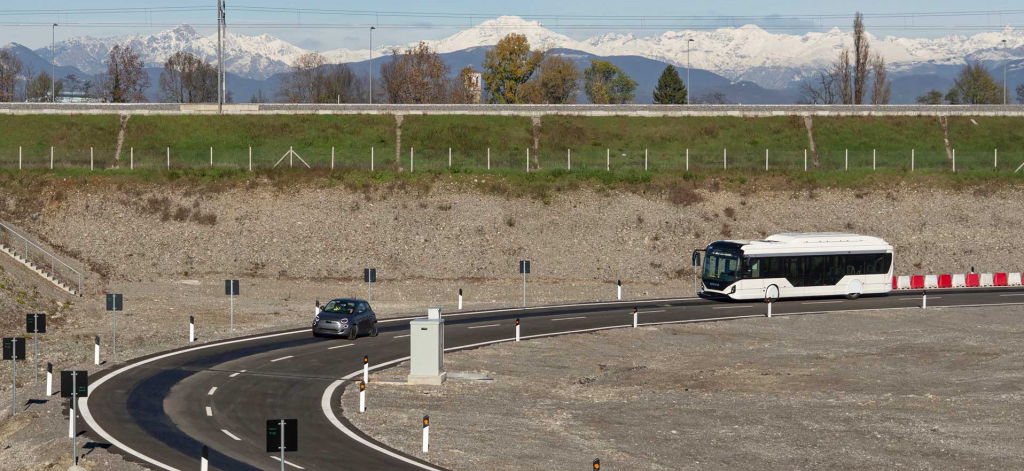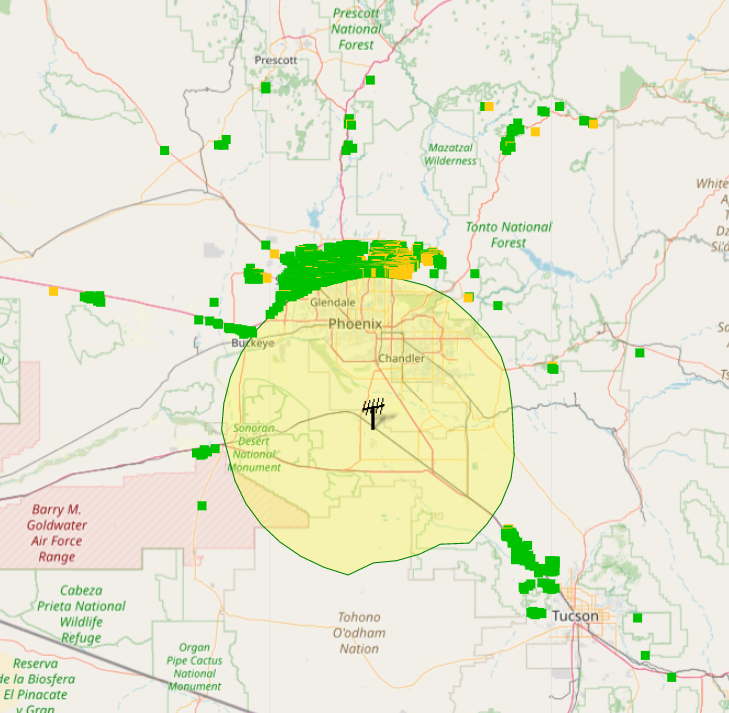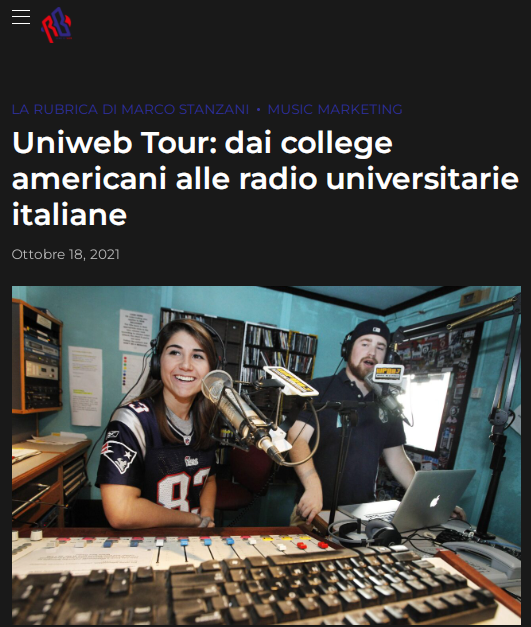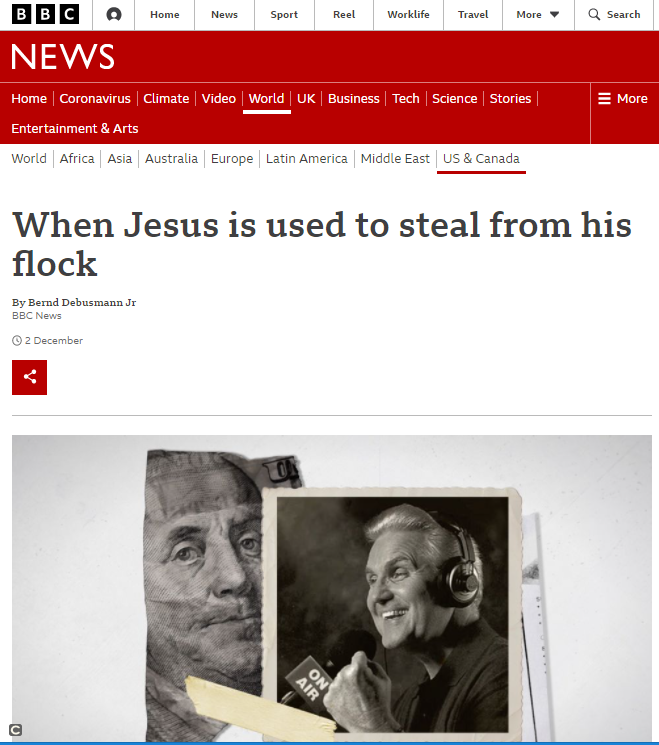
Source
An American company promises to realise the dream of advertisers, greedy for information on the audience of broadcasters that would enable them not only to choose on which stations and at what time to air the commercial, but to understand who listened to it and whether they zapped. Television, with smart TVs and set-top boxes, has long offered the possibility of monitoring audience habits down to the last detail. For radio, on the other hand, listening surveys detect the age, socio-economic profile, and musical tastes of the listener but do not offer precise data on when one stops on a station or whether one ‘zaps’ when there are commercials.
The system integrates radio, streaming audio, and TV
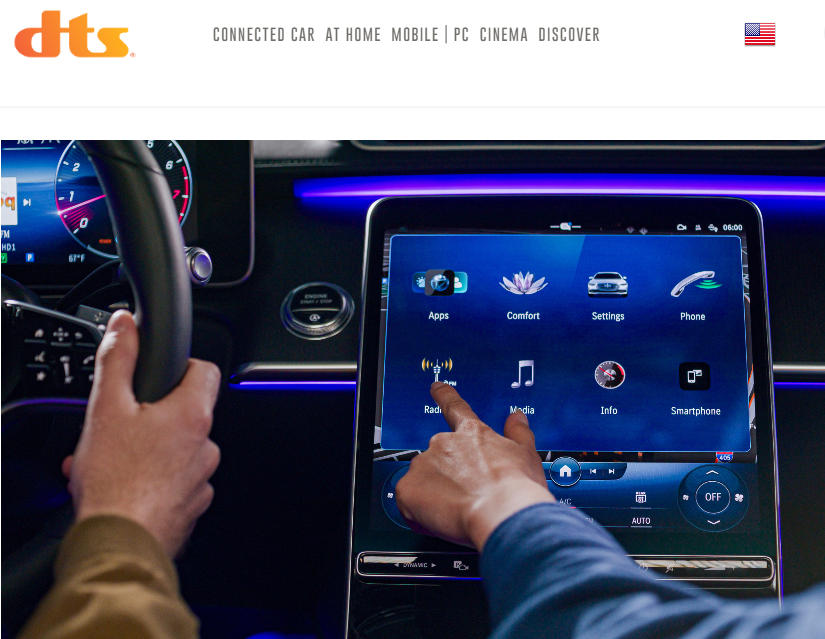
Source
Photographing in-car behaviour is now being attempted by Xperi, a giant that holds the patent for the equipment (transmitters and receivers) of digital HD Radio (used on medium wave and FM in the States). The company has launched DTS AutoStage, an infotainment system that lifts the veil on how people behave in the car. This is important data since in many countries mobile listening accounts for 60% of the audience. The new infotainment system integrates radio, streaming audio and video, promises an immersive experience, and… records what the user does. Joe D’Angelo, senior vice president of broadcast and digital audio at Xperi is excited because the system will offer radio stations and advertisers ‘new revenue opportunities with brands and advertisers‘.
Written by Fabrizio Carnevalini



